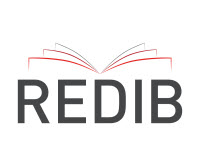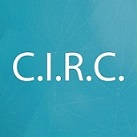Continuum categorial entre explicação e restrição: uma análise de orações relativas
DOI:
https://doi.org/10.21680/1517-7874.2021v23n2ID24992Abstract
In this paper, we analyze relative clauses considering a categorical continuum between non-restriction and restriction. We aim to correlate formal and semantic-pragmatic properties of the head nouns to the type of relative clause related to them and to propose the distribution of the clauses analyzed in a gradient way. It is a qualitative and quantitative research and it has descriptive and explanatory objectives. The theoretical support is the North- American Functional Linguistics (GIVÓN, 1995; MARTELOTTA, 2011; FURTADO DA CUNHA; BISPO, 2013). The results show that restrictive clauses occur in greater quantity with new and less defined head nouns, while non-restrictive clauses, more frequently, are linked to available head nouns with a greater degree of definiteness. Evoked and inferable head nouns appear with both types of relative clauses, as well as those with an intermediate degree of definiteness. These findings reveal that these two groups of relative clauses do not represent discrete categories, but encompass a set of clauses that are distributed on a categorical scale at the ends of which are the typical non-restrictive clauses, with a lower degree of integration to the matrix clause and related to it by hypotaxis, and the prototypical restrictive ones, with greater morphosyntactic adherence to the matrix clause and articulated to it by embedding/ subordination.
Downloads
Downloads
Published
How to Cite
Issue
Section
License
Copyright (c) 2021 Revista do GELNE

This work is licensed under a Creative Commons Attribution-NonCommercial-ShareAlike 4.0 International License.

Este trabalho foi licenciado com uma Licença Creative Commons - Atribuição - NãoComercial - CompartilhaIgual 3.0 Não Adaptada.

 Português (Brasil)
Português (Brasil) English
English Español (España)
Español (España)









.jpg)




